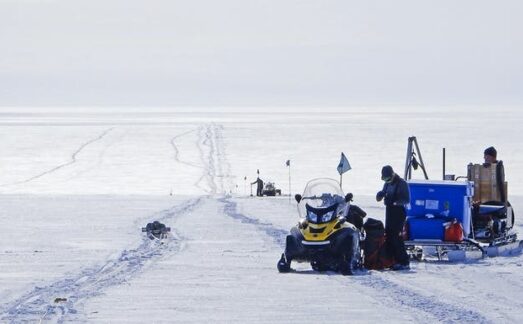Carbon cycle feedback
Aim: determine the extent of glacial retreat and marine incursion into West Antarctica during the Pliocene (the last time atmospheric CO2 levels exceeded 400 ppm and global mean temperatures were a few degrees warmer than pre-industrial).
Understand Late Oligocene to Miocene variability and the role of tectonics and carbon cycle feedbacks.
We anticipate recovering late Neogene and Pleistocene sediments at both the KIS and CIR sites. However, older sediments may also be recovered in situ or as reworked elements. Late Paleogene to Early Neogene strata would allow addressing a number of key science issues. Hypotheses regarding tectonic-ice sheet-climate feedbacks rely heavily on data from DSDP 270 in the central Ross Sea. Drilling at Siple Coast will provide important paleobathymetric constraints for the paleotopographic models and associated ice sheet histories. While data and associated modelling experiments suggest the AIS retreated landward of its terrestrial margin during the MCO, we have yet to recover in situ records to confirm whether full collapse of the WAIS occurred during peak warmth. Importantly, ice-free shallow marine environments across West Antarctica through the MCO would have been areas where high marine productivity and carbon burial might have contributed to the unique Miocene carbon excursion.
Key Questions
Did tectonic subsidence influence marine ice sheet extent in the late Oligocene/early Miocene?
Were extensive open marine basins a feature across West Antarctica during the early Miocene?
Did marine-based ice sheets develop as more persistent features of the AIS system across the MCT?


Workshop Report: Sensitivity of the West Antarctic Ice Sheet to +2 °C (SWAIS 2C)
The Sensitivity of the West Antarctic Ice Sheet to a Warming of 2 ∘C (SWAIS 2C) Project aims to understand past and current drivers and thresholds of WAIS dynamics...
Read more
